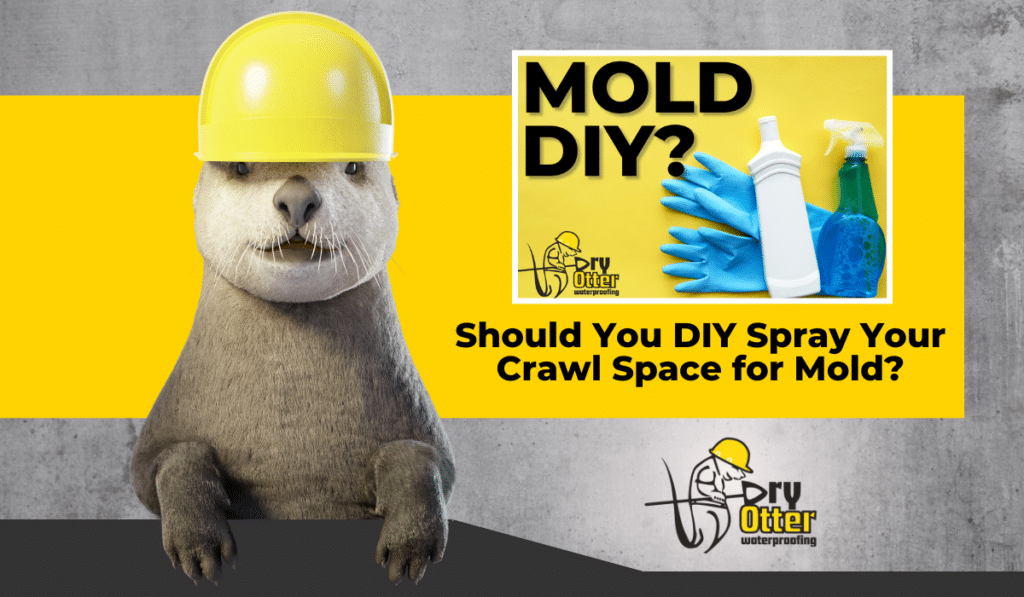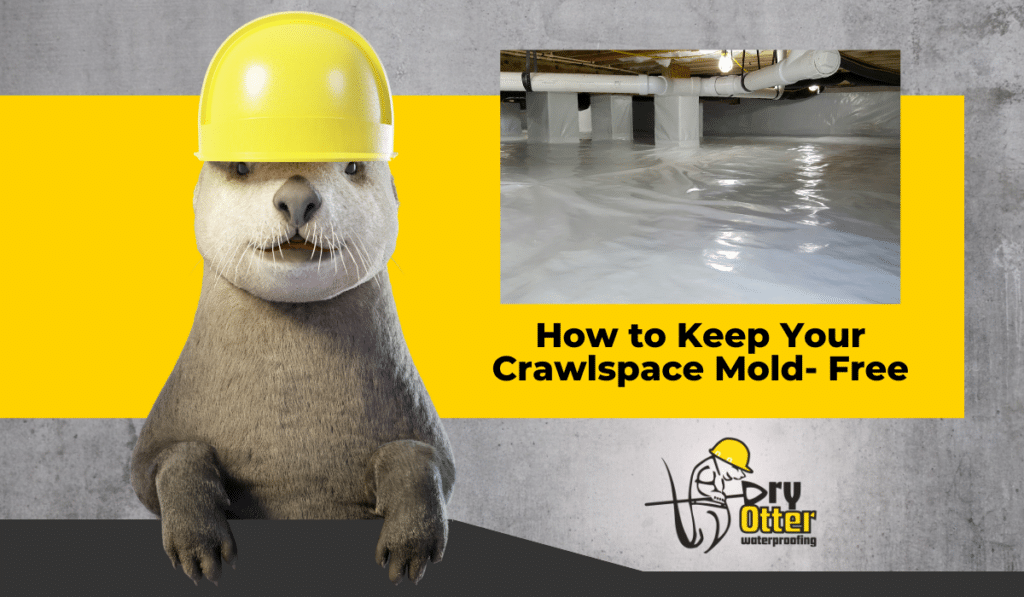A crawl space is the narrow, unfinished space beneath the first floor of your home. It is typically not high enough for a person to stand upright, which is why it is called a crawl space; you have to crawl around to move in it.
Crawl spaces range from 1 to 3 feet tall enough to provide access to plumbing, electrical wiring, and HVAC equipment. They also act as a buffer zone between the damp ground and the wooden structures of your home to prevent moisture buildup.
Crawl space excavation
There are two types of crawl spaces; unexcavated vs excavated crawl space designs. Unexcavated crawl spaces are 1-3 feet tall, and excavated spaces are considered a full or partial basement or provide added height.
Traditionally built crawl spaces have just enough height to provide room for utilities, but sometimes, there are situations where crawl space excavation makes sense.
The motivation for excavating a crawl space would be added height or even making the crawl space into a usable basement. Excavation can also improve moisture control, provide improved insulation throughout your home, and add headroom and easier accessibility.
Unexcavated Crawl Spaces: The Standard
The standard height for a crawl space is between one and three feet tall. This typical height provides enough space to move around but not enough space to stand upright.
Unexcavated crawl space pros:
An unexcavated crawl space is considerably less expensive to maintain and build than a basement. It doesn’t need added insulation or heating and cooling.
In certain instances, an unexcavated crawl space might provide easier access to the foundation for maintenance and repair. It also acts as a buffer against the cold ground and the living spaces above it, ensuring a more stable temperature in your home.
Unexcavated crawl space cons:
The biggest drawback is their functionality. A crawl space doesn’t provide any living space, and since you can’t stand up in it, it limits what you can do with it. The short height makes it difficult for maintenance and repairs.
Unexcavated vs excavated crawl space designs often have moisture issues. Proper ventilation is the only way to avoid musty odors, mold growth, and potential structural damage.
Damp, unconditioned crawl spaces also contribute to a cold feeling in the house above. If the HVAC system has to work harder to maintain temperature levels in the house, this can decrease energy efficiency.
Storage concerns: Your crawl space may not be suitable for storage due to its height and unfinished nature. It won’t protect your stored items from mold, water damage, or excess humidity; it also limits your ability to make future upgrades to your home.
Excavated Crawl Spaces: Digging Deeper
A crawl space excavation is a significant undertaking. First, underground utilities must be located and either turned off temporarily or relocated during excavation.
An engineer may determine that a temporary or permanent support system must be installed to stabilize the foundation during excavation.
The actual digging will determine the type of equipment or manual labor required to do the job, and finally, proper grading and drainage need to be put in place.
Excavated crawl space pros:
An excavated space unlocks the potential of your home’s footprint. It can provide much-needed living space if you can excavate enough to create a full basement. If not, the added headroom gives it much easier access.
The added space can offer additional storage if the space has proper drainage and encapsulation installed.
An excavated crawl space can provide better moisture control and airflow with the right systems.
If Engineers determine that building a full or partial basement is safe, you can enjoy the added benefit of more living space.
Excavated crawl space cons:
Excavation is very costly. The price tag is hefty, involving permits, engineering assessments, contractor fees, materials and construction, and potential unforeseen expenses.
Excavation is a time-consuming project that could take several weeks to complete, significantly disrupting your daily routine.
Structural feasibility is also an issue. Not all crawl spaces are suitable for excavation. Soil conditions and an assessment of your foundation are necessary to determine if your home’s footprint can structurally support a larger crawl space or full/partial basement.
Where your home is built is another hurdle. If your home is in a flood plain, excavation may not be allowed or advisable.
Other limitations include the wrong foundation type, a sloping lot, too much rock, a high-water table, flooding, underground utilities, and zoning restrictions.
When is Crawl Space Excavation Worthwhile?
Crawl space excavation can be beneficial once you determine you have the budget for the project and an engineer signs off on it.
Factors to consider:
- Your current crawl space issues. Excavation is wise if you have major issues with excess moisture creating structural damage and health problems or if your crawl space needs significant repairs.
- Increased living or storage space is a significant benefit. Transforming your unusable crawl space into a viable part of your home can add significant long-term value.
- If your property has expansion limitations, creating a usable space underneath your home can add much-needed space to your home’s footprint.
Excavation Alternatives & Importance of Drainage
Whether you choose a partial or complete excavation or none at all, drainage and proper moisture control should be your primary focus.
Crawl space issues include high humidity, mold and mildew growth, wet crawl space, efflorescence, and wood damage. Any of these are signs that you need the right systems in place to deal with the excess moisture.
Crawl space drainage:
Dry Otter Waterproofing offers drainage systems to guard against water seepage. The proper drainage system will keep your crawl space dry and help reduce structural problems due to soil erosion.
Wet crawl space:
Dry Otter can install French drains with a dehumidifier to restore your crawl space to healthy moisture levels.
Encapsulation:
Encapsulation protects your crawl space by covering the walls, floor, and columns in plastic, providing a vapor barrier against moisture permeating the space from the ground.
Mold remediation and sump pumps
These can also be installed to provide the right environment for your crawl space.
Your crawl space is integral to your home, whether you excavate it or not. Proper systems can make all the difference regarding your home’s safety and air quality.
A dry, well-ventilated crawl space provides the structural integrity for a well-maintained home.
If you are weighing the pros and cons of crawl space excavation in NC, it is crucial to start by consulting an engineer for advice and planning. The ability to move forward is determined on a case-by-case basis.
Schedule a free inspection today. Our qualified technicians can guide you regarding the health of your crawl space and the safety of your home.






